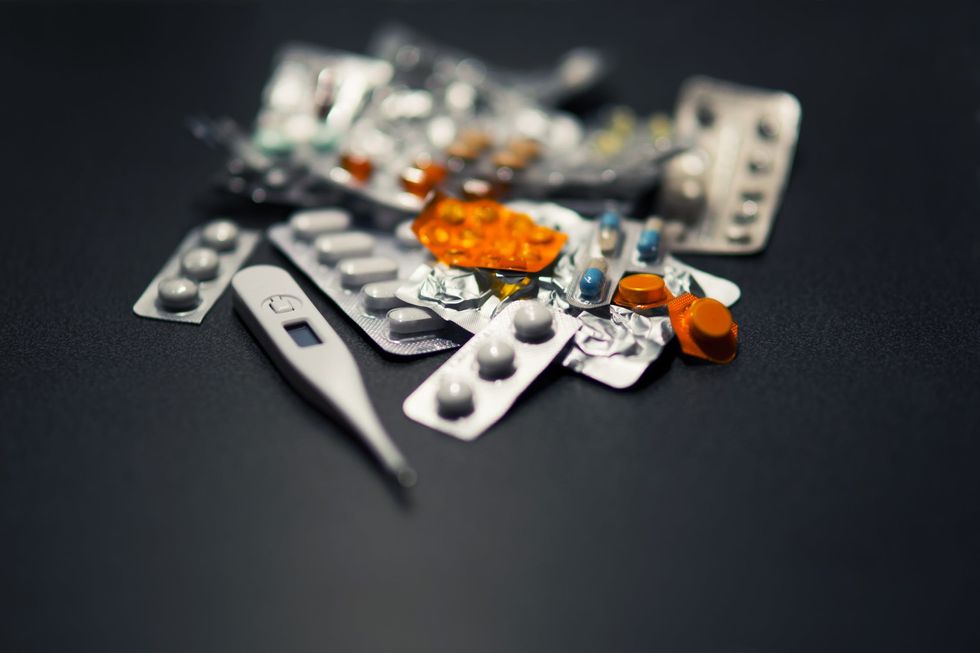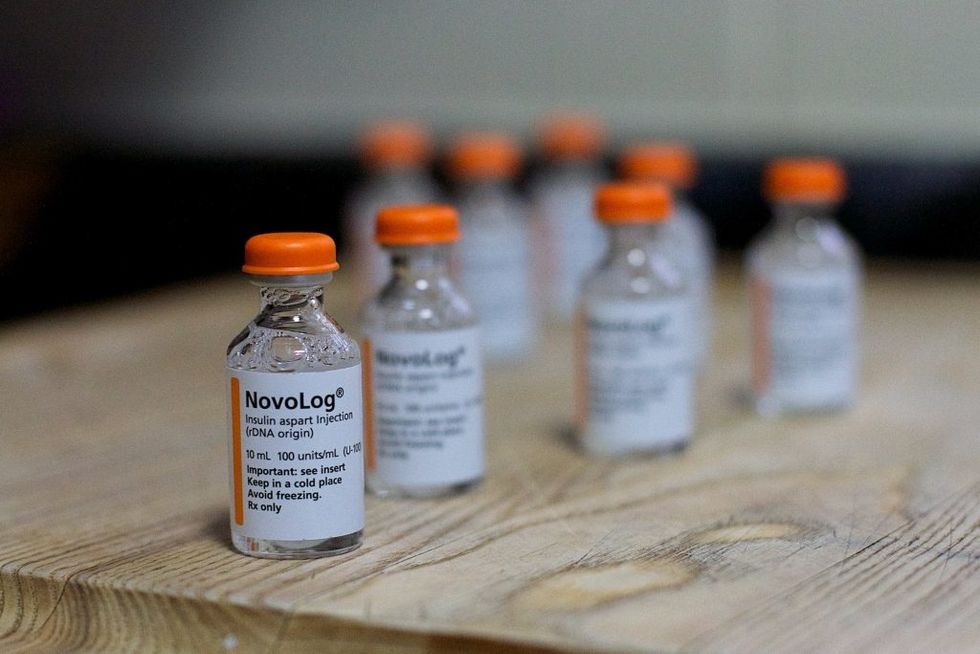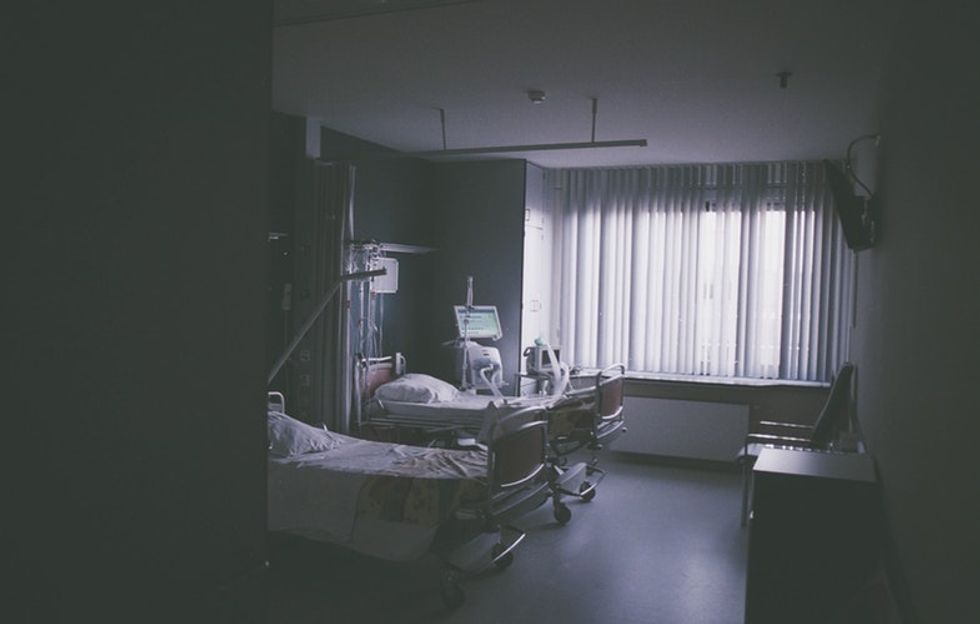The Future Of Personalized Medicine Is Almost Here, Get Ready For Drugs Made For You And You Only
One day, you might be able to know exactly who to blame for giving you a viral fever.
We are on the cusp of a biomedical revolution. With improvements in gene-mapping and brain-scanning techniques, scientists are slowly unlocking the secrets of what makes us human. In the process, they are also creating advances in technology that can improve the health and quality of life for the general population.
In 2018, Mammoth Biosciences went public with their plan to make PCR and CRISPR-based diagnostic tools accessible at a commercial level. Should they succeed, the field of personalized medicine would be revolutionized.
Having commercializing gene-based diagnostic equipment could enable quicker, more effective diagnosis of viral pathogens in infection. Alongside medical use, this could prove a boon for epidemiological and virological researchers. For example, everything from sexually transmitted infections to the common cold could be cataloged by strain, date, and location. This could enable organizations such as the Center for Disease Control and the National Institute for Health to create targeted local interventions that are more effective and less expensive. They could also help doctors provide quicker diagnoses, as well as track specific strains. One day, you might be able to know exactly who to blame for giving you a viral fever.
Alternatively, think of patients being able to walk up to a grocery store pharmacy, have a pharmacist take a throat swab, finish their shopping, then come back to find a drug suited to their particular genetic makeup or the genetic makeup of their pathogen waiting for them at the counter. Such specification could potentially reduce the problem of antibiotic-resistant bacteria. By making antibiotics more specific to strains of bacteria, rather than using nonspecific, indiscriminate drugs like penicillin, we could prevent superbugs from developing.
While much of this still reads like science fiction, making technology that was previously only accessible to scientists in expensive institutions available for public healthcare use puts us one step closer to the future.


























